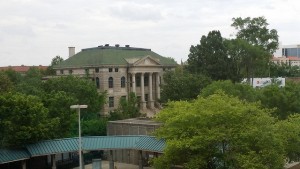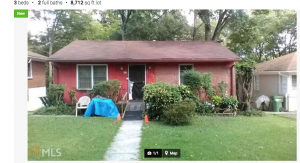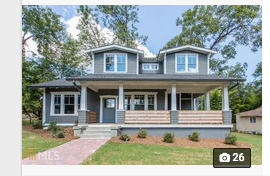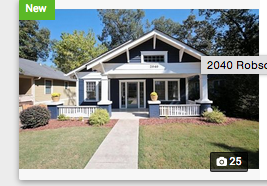T. Decatur square’s design seemingly invites the mingling of different races and classes, particularly given the central location of the Decatur MARTA station and the Dekalb county courthouse; but a close analysis of materials and walkways of the space comprising Decatur square reveals an environment built to carefully maintain division and the perception of a one “pure,” common culture.
Revision via application:
T. Decatur square’s design seemingly invites the mingling of different races and classes, particularly given the central location of the Decatur MARTA station and the Dekalb county courthouse; but a close analysis of materials and walkways of the space comprising Decatur square reveals an environment built to carefully maintain a culture that values “the consumption of commodities to be the supreme activity,” and promotes a system that is “hegemonic,” in which “property rights dominate all other claims to the space.”
I. Decatur square’s design seemingly invites the mingling of different races and classes.
II. A close analysis of materials of the space comprising Decatur square reveals an environment built to carefully maintain a culture that values “the consumption of commodities to be the supreme activity,” and promotes a system that is “hegemonic,” in which “property rights dominate all other claims to the space.”
III. A close analysis of walkways of the space comprising Decatur square reveals an environment built to carefully maintain a culture that values “the consumption of commodities to be the supreme activity,” and promotes a system that is “hegemonic,” in which “property rights dominate all other claims to the space.”
C. The sheer clarity of divides evident in the way people of different races and classes occupy (or don’t) the space of Decatur speaks to the success of its design as an implement of a culture’s dominance over others. This success is both fascinating and troubling, and evokes many questions.





